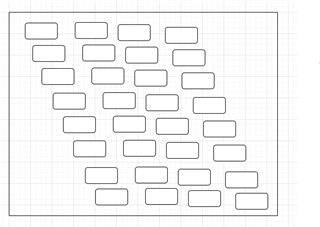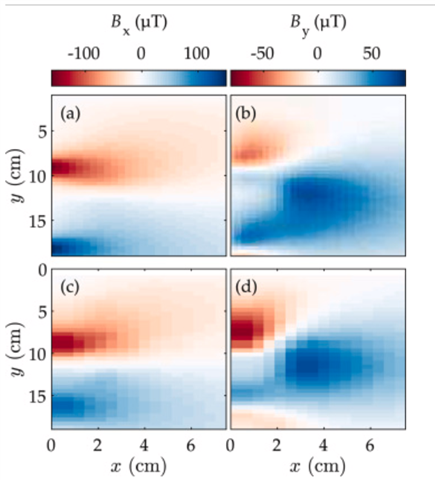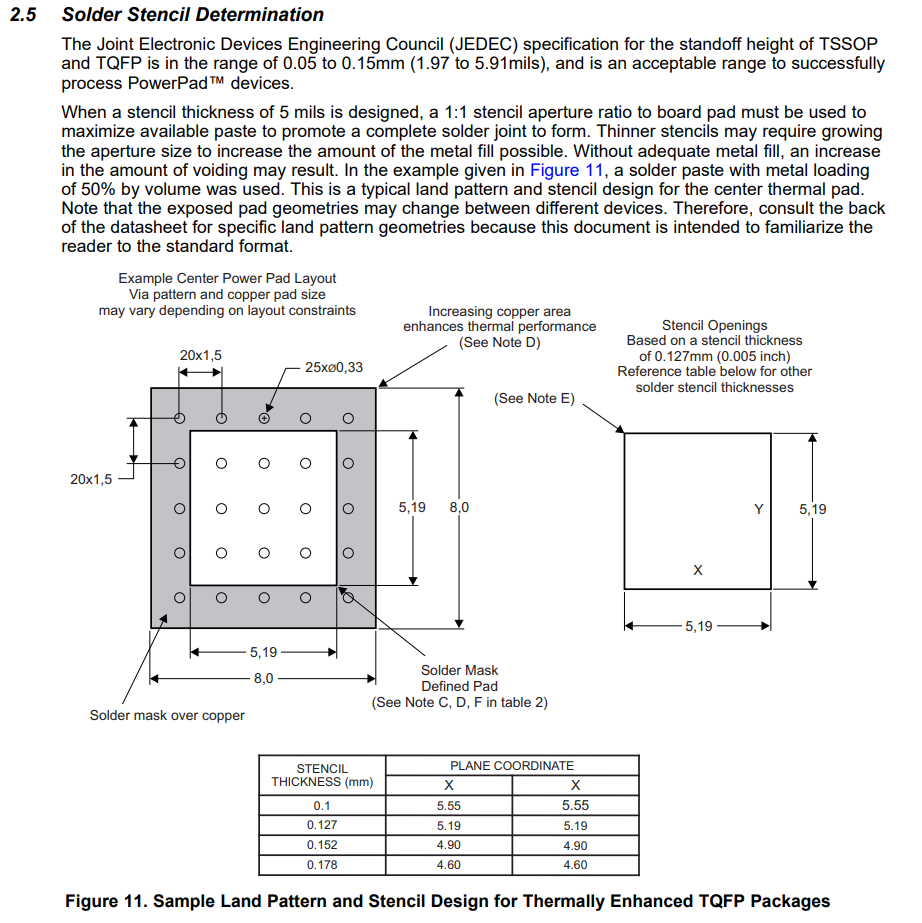Tool/software:
Dear Team
I am planning to make a current sensor for pouch battery using DrV425.
This paper is my reference.
In that paper the sensors are placed in a regular matrix form.(Please see Fig-1)
I am planning to place the sensor as shown below(Number of sensors is not finalized)
- May I know your thoughts about the placement ?
- How to decide the number of sensors?

- What are the hardware design considerations to be taken care when connecting multiple DRV425.
- Can I connect the output of all DRV425 together and Give to an ADC.I am planning to use ADC present in Arduno Nano.This is a sigle ended ADC
- Or do I need to keep a multiplexer and connect to ADC one by one.






